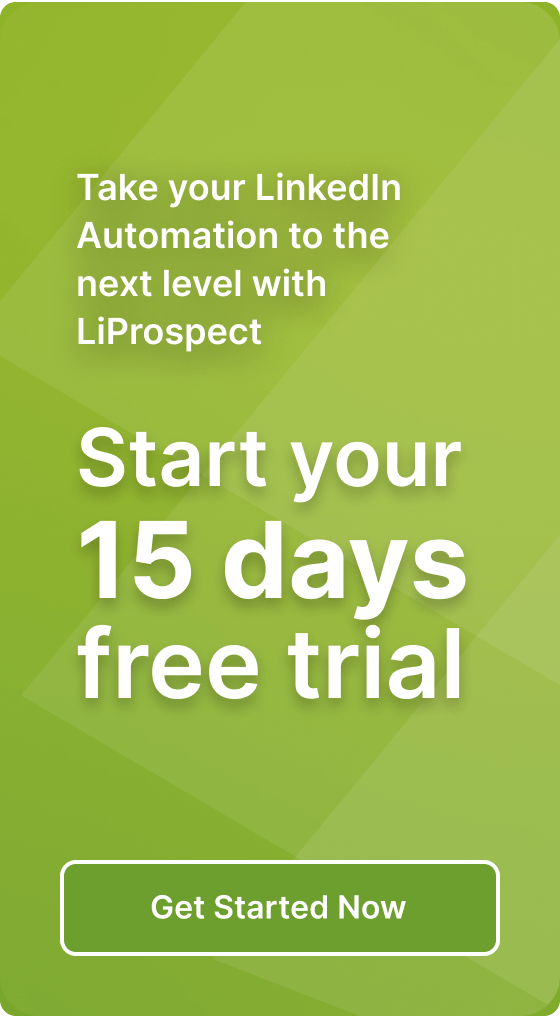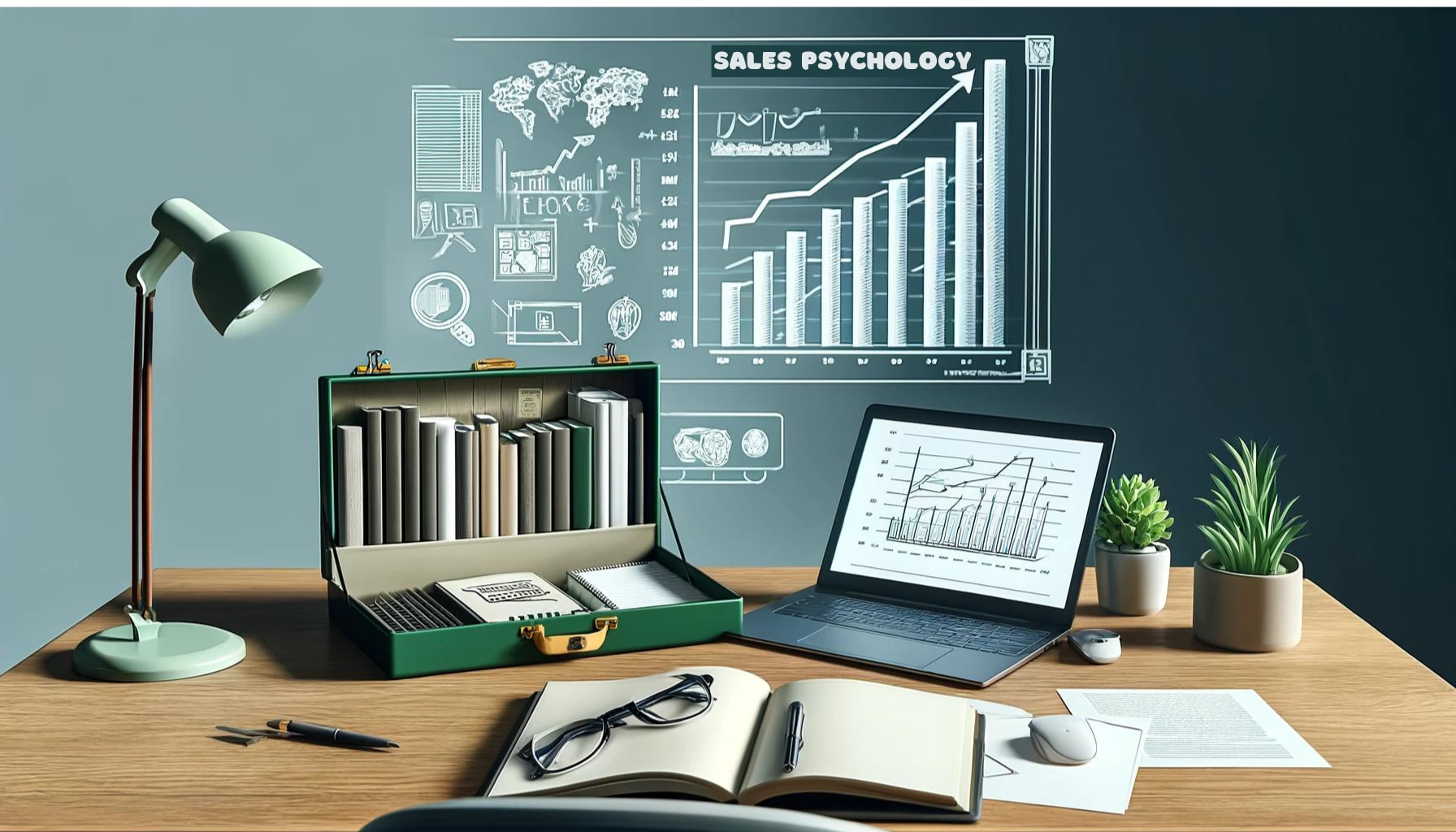Social Selling on LinkedIn vs. Traditional Sales Channel

Remember the days when sales meant pounding the pavement, shaking hands at trade shows, or making cold calls? Fast forward to the present, and you’ll find LinkedIn transforming the sales game with just a few clicks. But does this mean the end for the traditional ways? Not quite. This evolution of sales channels from the physical to the digital realm illustrates not just a shift in tools, but a revolution in strategies and connections. As we navigate through the era of instant connectivity and targeted outreach, the importance of platforms like LinkedIn cannot be overstated. They offer not only a vast network of potential clients but also insights and tools tailored for modern sales professionals.
Yet, the transition isn’t about abandoning old roads for new ones; it’s about understanding and leveraging the strengths of both. This article takes you on a journey through the evolving landscape of sales channels, comparing the digital dynamism of LinkedIn with the classic charm of traditional methods. We delve into how these channels have transformed over time, the crucial role digital platforms play in today’s sales strategies, and the enduring value of face-to-face interactions. Join us as we unpack the pros, cons, and everything in between, helping you navigate the best path for your sales strategy. Our objective? To provide a comprehensive comparison that enlightens, informs, and guides you in harnessing the full potential of both worlds for your sales success.
Understanding LinkedIn as a Sales Channel
In the digital era, LinkedIn has emerged not just as a professional networking site but as a powerhouse for sales professionals. Its unique features, tailored specifically for sales, make it a formidable channel for B2B marketing and sales strategies.
LinkedIn’s Sales-Centric Features: At the heart of its arsenal is the LinkedIn Sales Navigator, a premium tool designed to help sales teams find, understand, and engage with potential leads. It offers advanced search capabilities, personalized lead recommendations, and real-time insights on existing accounts and leads. Another critical feature is LinkedIn InMail, allowing direct messaging to anyone on the platform, regardless of connection status. This feature is particularly useful for reaching out to decision-makers without needing an introduction.
Role in Modern Sales Strategies: LinkedIn’s role in modern sales strategies is pivotal. It facilitates a level of targeting and personalization previously unattainable through traditional channels. Sales professionals can now tailor their messages based on the detailed professional profiles of their prospects, ensuring relevance and increasing the likelihood of engagement.
Effectiveness for B2B Sales: The statistics are telling of LinkedIn’s effectiveness in the B2B arena. According to studies, LinkedIn is responsible for 80% of B2B leads generated through social media. This staggering figure underscores the platform’s unmatched ability to connect sellers with potential buyers in the professional sphere.
Overview of Traditional Sales Channels
Traditional sales channels, the bedrock of commerce for centuries, encompass a wide range of methods, each with its unique advantages and enduring value.
Traditional Sales Channels Described: These channels include face-to-face meetings, where personal rapport and trust are paramount; cold calls, which, despite their challenges, can still open doors to new opportunities; and trade shows, offering a platform for showcasing products or services to a targeted audience. These methods rely heavily on interpersonal skills and the tangible, often immediate, feedback that comes from direct interaction.
Enduring Value of Traditional Methods: The enduring value of these traditional methods lies in their personal touch. They allow for nuanced communication, the building of relationships, and the ability to read and react to body language and tone, nuances often lost in digital communication. In industries where trust and personal relationships are crucial, these traditional channels continue to be irreplaceable.
Differences in Approach: The fundamental difference between traditional sales channels and digital platforms like LinkedIn lies in their approach to engagement and relationship building. Traditional methods are inherently more personal and localized, often requiring more time and investment to cultivate relationships. In contrast, digital platforms offer broader reach and the ability to engage with prospects at scale. However, they often lack the depth of connection that can be achieved through face-to-face interactions.
Comparison: LinkedIn vs. Traditional Sales Channels
The landscape of sales is vast and varied, with LinkedIn and traditional sales channels each offering unique benefits and facing distinct challenges. An in-depth comparison reveals how they stack up against each other across several critical dimensions.
Target Audience Accessibility
LinkedIn: LinkedIn shines in its ability to target specific industries, job titles, and companies with precision. The platform’s wealth of data on professionals around the globe allows for highly targeted outreach, enabling sales professionals to reach decision-makers within their niche markets directly.
Traditional Channels: While traditional channels may face geographical and personal networking limitations, they excel in establishing strong local market presence and leveraging personal networks. The depth of relationships forged through these channels often leads to higher trust and credibility.
Cost Efficiency
LinkedIn Campaigns: The cost associated with LinkedIn campaigns can be significantly lower than traditional methods, especially when considering the reach and targeting capabilities. The platform allows for efficient allocation of resources, focusing efforts on high-potential leads.
Traditional Methods: Traditional methods like trade shows and cold calling can incur higher costs due to travel, event space rental, and materials. However, the ROI from these methods can be substantial, especially in industries where personal interaction plays a crucial role in closing deals.
Sales Cycle Duration
LinkedIn: LinkedIn has the potential to shorten the sales cycle significantly. By facilitating direct and immediate communication with prospects, sales teams can move leads through the funnel more quickly compared to traditional methods.
Traditional Methods: Traditional sales channels often involve longer sales cycles due to the time required to build relationships and trust. However, the depth of these relationships can lead to more substantial and enduring business ties.
Engagement and Relationship Building
LinkedIn: LinkedIn enables ongoing engagement with prospects through content sharing, updates, and direct messaging. This continuous interaction helps keep the brand top of mind and nurtures leads through the sales funnel.
Traditional Channels: Traditional channels excel in building deep, personal connections. The face-to-face interactions and personal follow-ups provide a level of engagement that is hard to replicate online.
Data and Analytics
LinkedIn: The platform’s analytics play a crucial role in refining sales strategies. LinkedIn provides insights into lead behavior, campaign performance, and more, allowing for data-driven decision-making.
Traditional Methods: Measuring the effectiveness of traditional sales efforts poses challenges, as data collection and analysis can be more complex and less immediate. However, qualitative feedback and personal interactions offer valuable insights that are different from digital analytics.
Adaptability and Scalability
LinkedIn: LinkedIn offers remarkable flexibility in adjusting sales tactics based on real-time data and feedback. It allows sales teams to scale their efforts up or down with ease, adapting to market changes and lead responses swiftly.
Traditional Channels: While traditional channels may not offer the same level of immediacy in adaptability, they provide scalability in terms of deepening relationships and expanding networks through personal referrals and sustained engagement.
Using LinkedIn as a Sales Channel
Advantages of LinkedIn
- Precision Targeting: LinkedIn allows sales professionals to accurately target potential clients based on industry, job title, and company size, making outreach efforts more efficient and effective.
- Data-Driven Insights: The platform provides valuable analytics that enable the optimization of sales strategies, helping to identify what works and what doesn’t in real-time.
- Global Reach: LinkedIn’s vast network spans across the globe, offering access to a wide array of prospects that might be unreachable through traditional means.
Limitations of LinkedIn
- Market Saturation: The crowded nature of LinkedIn can make it challenging for messages to stand out, potentially diluting the impact of outreach efforts.
- Lack of Personal Touch: Digital communication lacks the personal warmth of face-to-face interactions, which can be crucial for establishing trust and closing deals.
- Digital Divide: Reliance on LinkedIn assumes target clients are active on the platform, potentially overlooking prospects who prefer traditional engagement or are less digitally inclined.
Continuing Benefits of Traditional Sales Channels
- Personal Rapport: Traditional methods such as face-to-face meetings allow for personal connections and the building of rapport, critical in industries where trust is paramount.
- Tangible Experiences: Physical product demonstrations or services at trade shows provide immersive experiences that digital platforms can’t replicate, influencing buyer decisions.
- Immediate Feedback: Direct interactions, whether in person or via cold calls, offer instant feedback and the opportunity to address concerns or questions on the spot, streamlining the sales process.
Future Trends in Sales Channels
As we look toward the future, the role of LinkedIn and other digital platforms in sales is set to evolve even further. Enhanced by artificial intelligence and machine learning, these platforms will offer even more precise targeting and personalization capabilities, making every sales outreach increasingly effective and efficient. The integration of advanced analytics and predictive models will provide sales professionals with insights not just on whom to target, but when and with what message, maximizing the chances of conversion.
Traditional sales channels, while seemingly steadfast, are not immune to innovation. Augmented reality (AR) and virtual reality (VR) technologies are beginning to transform face-to-face interactions, offering immersive product demonstrations and experiences without the constraints of physical presence. Furthermore, the resurgence of personalized, high-touch sales tactics, powered by technology that offers deeper insights into customer preferences and behaviors, will renew the effectiveness of traditional methods.
Conclusion
In wrapping up our exploration of LinkedIn versus traditional sales channels, it’s clear that the landscape of sales is neither static nor one-dimensional. The comparison illustrates a rich tapestry of methods, each with its own strengths and applications. The future of sales lies not in choosing between digital platforms and traditional methods but in harmonizing them to create a multifaceted strategy that leverages the best of both worlds. As sales professionals, embracing this integrated approach means staying adaptable, informed, and always ready to blend the old with the new to meet our objectives.
As we venture forward, the only constant will be change—driven by technological advancements and shifting market dynamics. LinkedIn and digital platforms will continue to evolve, offering even more sophisticated tools for targeting and engagement. Simultaneously, traditional channels will adapt, finding new life through innovations that enhance their intrinsic value. Together, they will redefine the boundaries of what’s possible in sales, challenging us to continually adapt, innovate, and grow.




